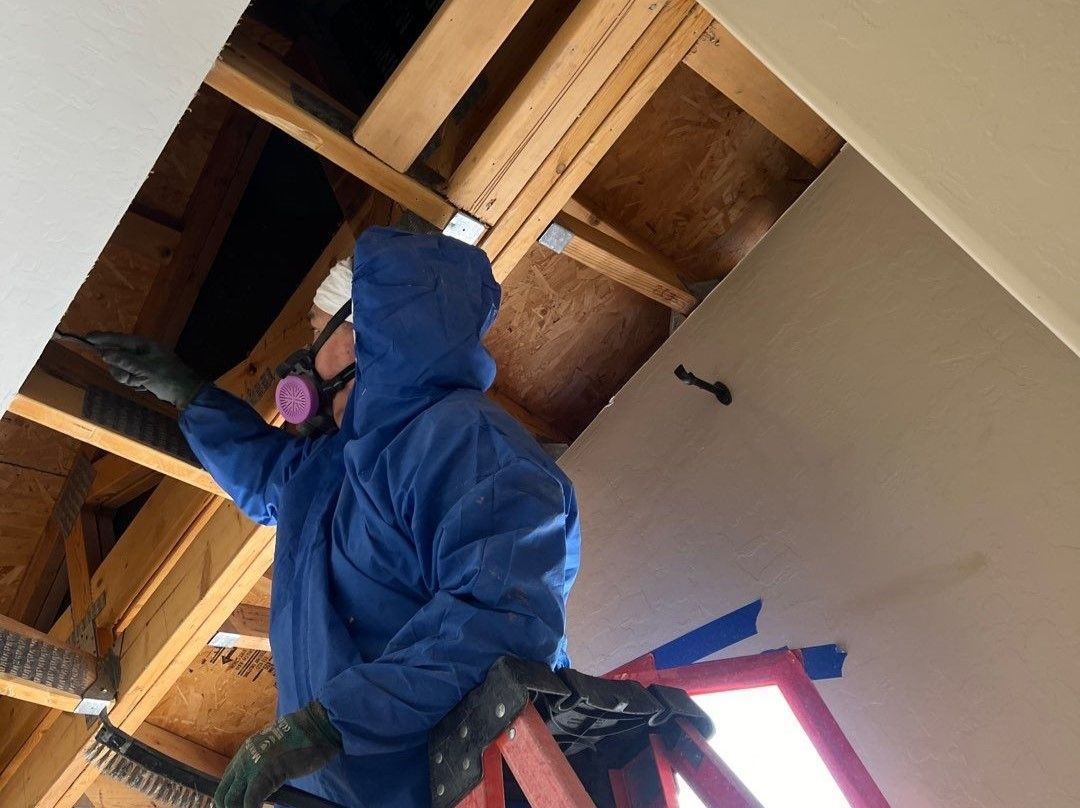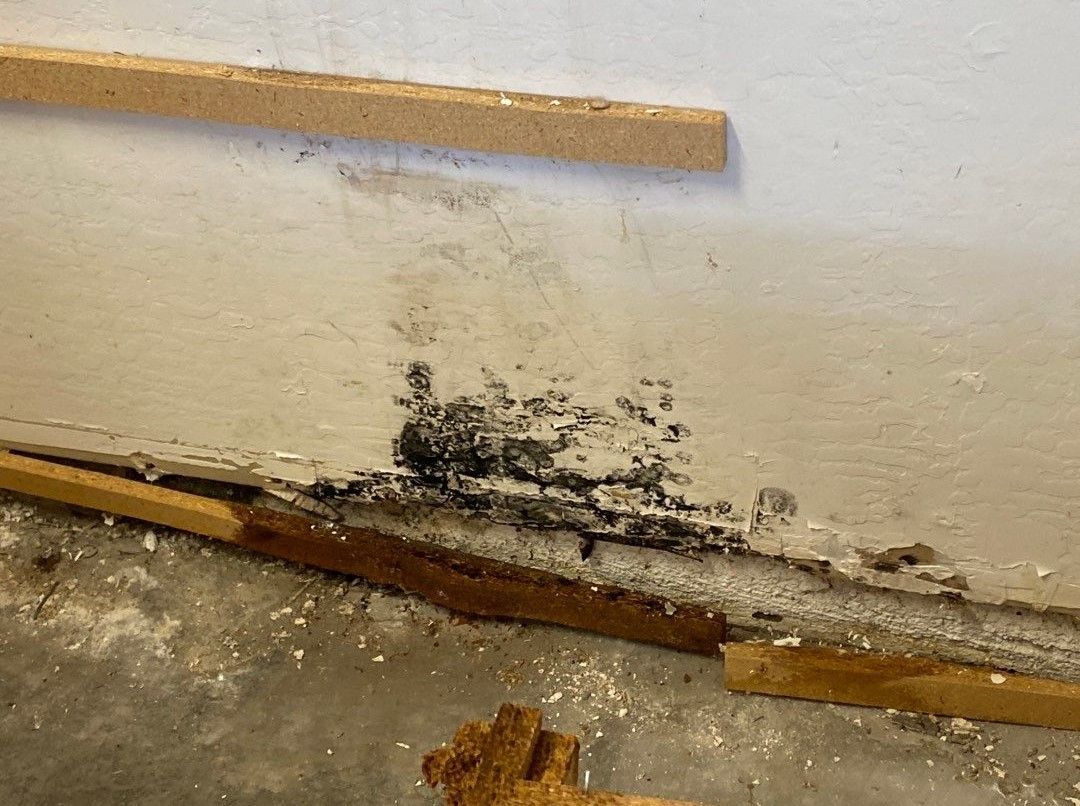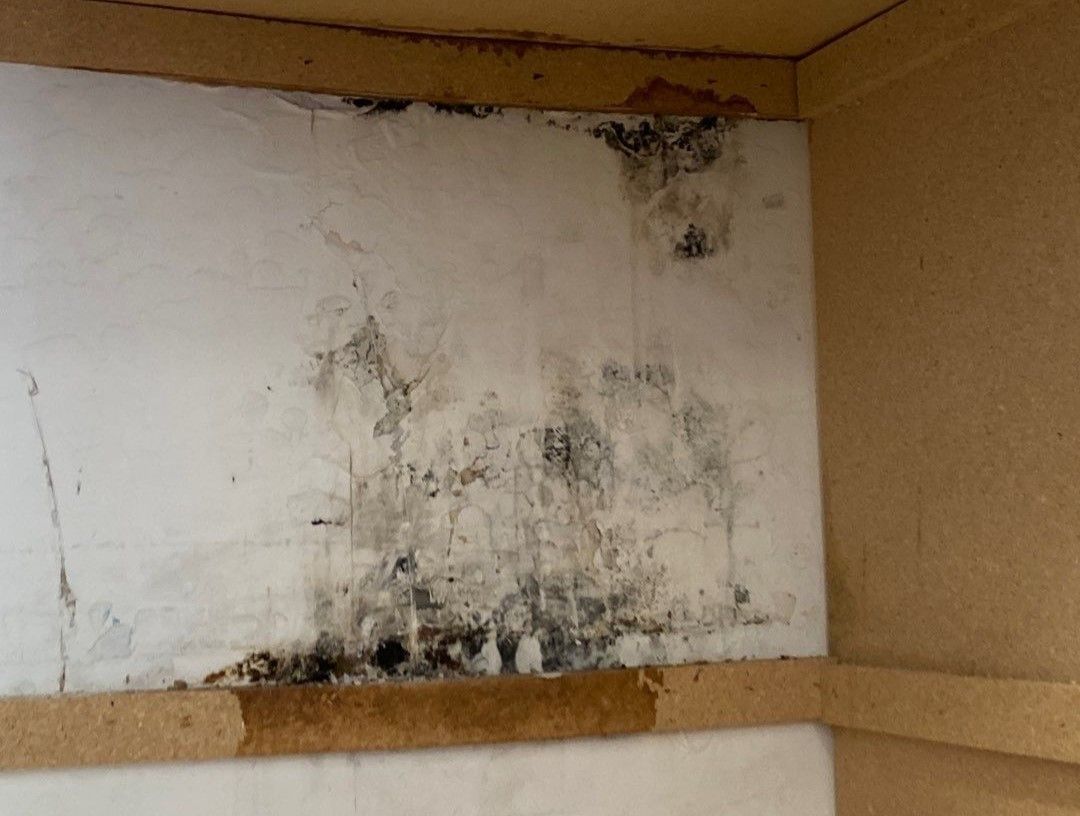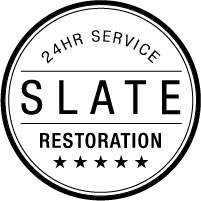The Definitive Guide to Mold Testing Air Quality in Your Home

Mold is one of the quiet yet insidious intruders in our homes, discreetly working its way through damp corners, undisturbed spaces, and sometimes even the indoor air of our living spaces. It's mere presence poses a significant risk to health and home. The impact of mold can range from subtle allergies to serious respiratory problems. Therefore, understanding and monitoring mold in your environment is crucial.
But how do you keep an eye on something that’s often undetectable to the naked eye? You test it. In this comprehensive guide, we’ll walk you through everything you need to know about mold testing for air quality in your home. From when to conduct the tests to the various methods available to do so, we aim to empower homeowners with the tools to ensure the air they breathe is free of harmful mold spores.

Why Should I Test My Home for Mold?
Mold growth can start virtually anywhere in your home as long as there’s a source of moisture. From the tiles in your bathroom to the drywall in your basement, any damp surface is the natural environment for mold. Given its propensity to grow unnoticed and the multitude of health risks it poses, testing the indoor air of your home for mold is typically a good idea.
Health Risks of Mold
The most common health issues from long term exposure are allergic reactions and respiratory issues, which can vary in severity from mild to quite serious:
- Allergic Reactions: These can range from hay fever-like symptoms to a more intense reaction. Symptoms may include a runny nose, itchy eyes, a dry cough, or a skin rash.
- Asthma: For people with asthma, mold can exacerbate symptoms, causing wheezing, shortness of breath, and other common asthma signs.
- Mycotoxin Exposure: While rare, some molds can produce mycotoxins, which can result in more severe health problems like lung infections or mycotoxin poisoning.
Property Damage
Beyond the health risks, mold can also wreak havoc on the structural integrity of your home. It decomposes organic materials, which over time can lead to leaks, crumbling drywall, and even weaken the building foundation.
Preventative Action
Regular testing can allow you to identify areas of your home that are at risk for mold growth. Identifying these weak spots can help you take the necessary preventative measures, such as improving ventilation or removing excess moisture, to keep your home healthy and free of contamination.
When Should I Test for Mold?
Knowing when to conduct a mold test can save you time, money, and unnecessary worry. Here are a few instances where you should strongly consider mold testing beyond a visual inspection:
After a Leak or Flooding
If your home has suffered from any form of water damage, it's critical to act fast to prevent mold growth. Even a seemingly minor leak could create the perfect environment for mold to thrive.
Noticeable Signs
If you are noticing visible signs of mold growth in your home, such as discolored patches on walls or a musty smell, then there may not be an immediate need to conduct a mold test unless you suspect that mold is also growing in other, less visible areas of your property. Yet, it's always better to err on the side of caution.
Hiring a professional mold remediation service to conduct a thorough test of your indoor air quality can help confirm the extent of the mold issue, identify the types of mold present, and guide the necessary remediation steps to ensure your home is safe and healthy. Slate Restoration stands ready to help you identify and eliminate any mold growing inside your property.
Before Buying a Home
Before you move into a new home, it’s wise to have it tested for mold. While some states require sellers to disclose any known mold issues, not all do. Protect yourself and your family by conducting a thorough mold test before making a significant investment on a property that may have poor indoor air quality.
Unexplained Allergies or Illness
If you, your family members, or pets begin to experience inexplicable health issues, mold exposure could be the culprit. Testing the air for mold can provide answers and a path to a healthier environment. Mold growth indoors is a potential health risk, even if you can't see it!
Types of Mold Tests
There are several ways to test for mold in the air, each with its own advantages and limitations. Here are the most common methods:
Air Sampling
Air sampling is one of the most effective ways to determine the concentration of mold spores in the air. The two primary methods are:
- Spore Trap: This method involves a trap that captures mold spores over a specified period. The trap is then analyzed in a lab to determine the types and concentration of spores.
- Viable Sampling: A petri dish with a growth medium is left open for a set period to "catch" mold spores. After sampling, the dish is sealed and incubated, allowing mold spores to grow, which can then be identified and counted.
Surface Sampling
Surface sampling involves the collection of samples from visible mold, usually by swab or tape lift methods, to identify the species of mold present. This method requires direct contact with the mold and may not be suitable for all surfaces.
Culture Tests
Similar to viable sampling, culture tests involve collecting samples on a growth medium and observing what grows. This can be useful for identifying the specific type of mold and its rate of growth.
ERMI Testing
The Environmental Relative Moldiness Index (ERMI) is a test that gives a relative measure of the moldiness of a home compared to the moldiness of other U.S. homes. ERMI uses mold DNA in dust samples to identify 36 different species of molds.

DIY vs. Professional Testing
The decision to conduct mold testing yourself or hire a professional largely depends on your comfort level with testing equipment and the severity of the issue. Consider the following:
Professional Testing
- Thoroughness: Professional testing can be more comprehensive, including a full range of tests to identify the type and concentration of mold in the air and on surfaces.
- Expertise: Certified mold inspectors at Slate Restoration have the training and experience to properly interpret test results and can provide guidance on remediation if needed.
- Prompt Resolution: After having your air quality tested by Slate Restoration, you can rest assured that we will fix any mold problems quickly and efficiently.
DIY Testing
- Do-It-Yourself Testing Kits: These kits can be purchased online and are usually used for preliminary screening. They're typically less expensive and can be a good starting point if you suspect mold growth but aren’t sure.
- Limitations: DIY tests may not be as accurate as professional tests and may not be able to identify the full extent of a mold problem, especially if the issue is widespread or hidden from view. There is also a greater chance of error if the user is not well-practiced in dealing with sampling for mold.
Interpreting Results of Mold Test
Once you've conducted the tests, you'll receive a report with the results. Interpreting this data is crucial in determining the next steps:
- Understanding the Spores Counts: The report should include the number of spores detected per cubic meter. Elevated levels may indicate an issue that needs attention.
- Types of Molds: Some mold species are more harmful than others. The report should identify the types of molds found and whether they are commonly associated with health problems.
- Comparison to Baseline: If you have a previous test for comparison, look for significant increases in spore counts or new mold species, which could indicate a recent problem.
Remediation and Prevention
If your mold tests come back positive, indicating the presence of mold growth indoors, it's time for remediation:
- DIY Mold Removal: Small, isolated areas of mold growth can sometimes be cleaned by the homeowner. However, it's important to use proper protective gear and follow safe cleaning protocols to prevent further exposure.
- Professional Remediation: For larger or more severe infestations, it’s best to hire a professional mold remediation company. They have the expertise and equipment to safely and effectively remove mold. After removal, we take steps to prevent mold from returning, such as improving ventilation, reducing humidity, and addressing any water issues immediately.
Is Mold Air Sampling Worth it?
If you already see evidence of visible mold growth, then we recommend that you contact us right away for a professional analysis of the indoor air quality. Our experts will perform the testing and analysis needed to determine the severity of the mold problem.
While we don't recommend the DIY approach to mold sampling, If you are worried that there may be mold growing in your living spaces, then it could very well be worth it. Keep in mind that many DIY testing methods can be expensive and are prone to user errors.
As the extent of your mold problems may be more than you initially realize, so we definitely believe that testing your air quality is worth it.
Conclusion
Testing for mold growth in your home can seem like a daunting task, but it’s a critical step in maintaining healthy indoor air. By learning the signs, taking timely action, and understanding the methods available for testing, you can safeguard your home and family from the dangers of mold. Whether you choose to conduct the tests yourself or hire a professional, the insights gained will inform your actions and lead to a better quality of life.
Remember, the goal of mold testing isn't just to find mold; it's to address the root causes and create long-term solutions that ensure your home remains a safe, mold-free haven. Take the time to invest in the health of your home, and it will pay dividends in the happiness and wellbeing of those who dwell within it.
